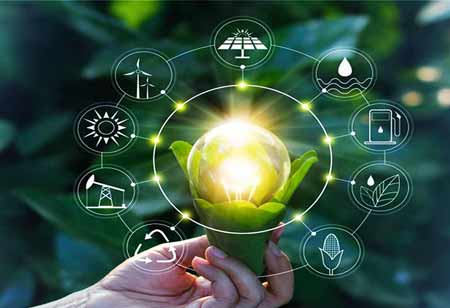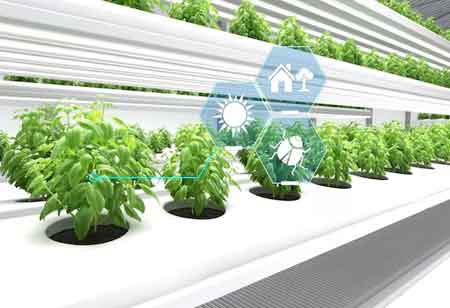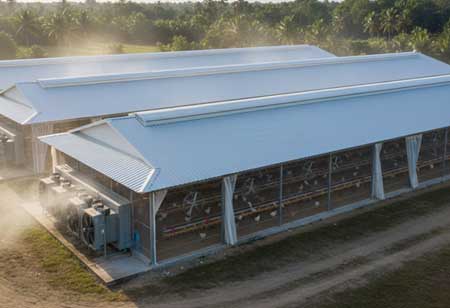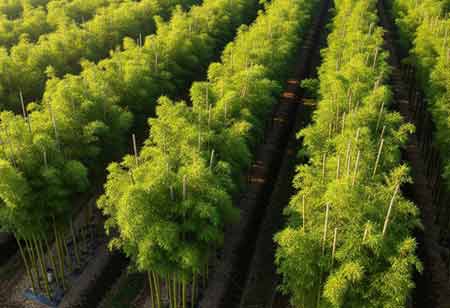Thank you for Subscribing to Agri Business Review Weekly Brief
What Can an Automated Watering System Offer?
An automated irrigation system operates with little to no manual intervention besides surveillance.

By
Agri Business Review | Friday, November 24, 2023
Stay ahead of the industry with exclusive feature stories on the top companies, expert insights and the latest news delivered straight to your inbox. Subscribe today.
With the growing ubiquity of automated watering systems, it is now an impractical goal for landscapers and maintenance people to automatically supply the proper quantity of water to the appropriate location at the correct time. This article explores the advantages of an automated watering system.
Fremont, CA: An automated irrigation system operates with little to no manual intervention besides surveillance. The automation of almost any system, including drip, sprinkler, and surface, is possible using timers, sensors, computers, or mechanical devices. The arrival of automated watering systems in the market has made a revolutionary change in the whole farming sector. It has brought a considerable transformation in the irrigation system.
There are many advantages of installing an automated watering system. It can save our time and help to concentrate more on the crops. Additional benefits include:
Minimizes Water Consumption:
Automated watering systems' first and most crucial advantage is that they can reduce water consumption by as much as half the usual consumption. It promotes plant growth since it is automatically delivered when and where it is needed, even on steamy summer evenings when the water has time to reach the soil without evaporating. Additionally, the fact that these systems save water expenses is something that public agencies in charge of large green spaces particularly value.
Reduce Water Stress:
Overwatered plants are more susceptible to illness. They get dry when under-hydrated. However, proper watering does more than optimize growth. The potential of a plant to absorb carbon and chill the environment is maximized with the correct amount of water.
Reduce Soil Erosion Brought on by Streaming:
The relatively moist ground can avoid flooding during the summer storm season because the dry ground is more prone to streaming, which wears soils. Dry land is less able to soak up large amounts of rainwater during storms. Since soils' capacity to absorb water may be at risk, automated watering systems preserve a ground's absorption qualities.
Get Rid of Weeds:
Merely the bottoms of the plants receive the water they require to grow when automatic drip or subsurface watering systems are used. Pests have less chance to survive and compete with plants when water is applied selectively. If the leaves of some plants are unintentionally watered, they may contract illnesses like Alternaria (black spot), which affects tomatoes.
Controlled With Remote:
Because automatic watering systems are equipped with sensors, users may do necessary tasks remotely while knowing numerous real-time data, such as ground humidity or the weather. Other indicators, such as leak-detection flow rate controllers, allow remote analyses in case of problems and let users know what instruments to bring for a technical visit.
These are some of the significant factors an automated watering system can offer. Automated watering systems have advantages for the environment, people, and money, combining the elements of sustainable development. However, skilled landscapers constantly looking for new ways to improve the aesthetics and health of green spaces will find these to be the perfect tools.





